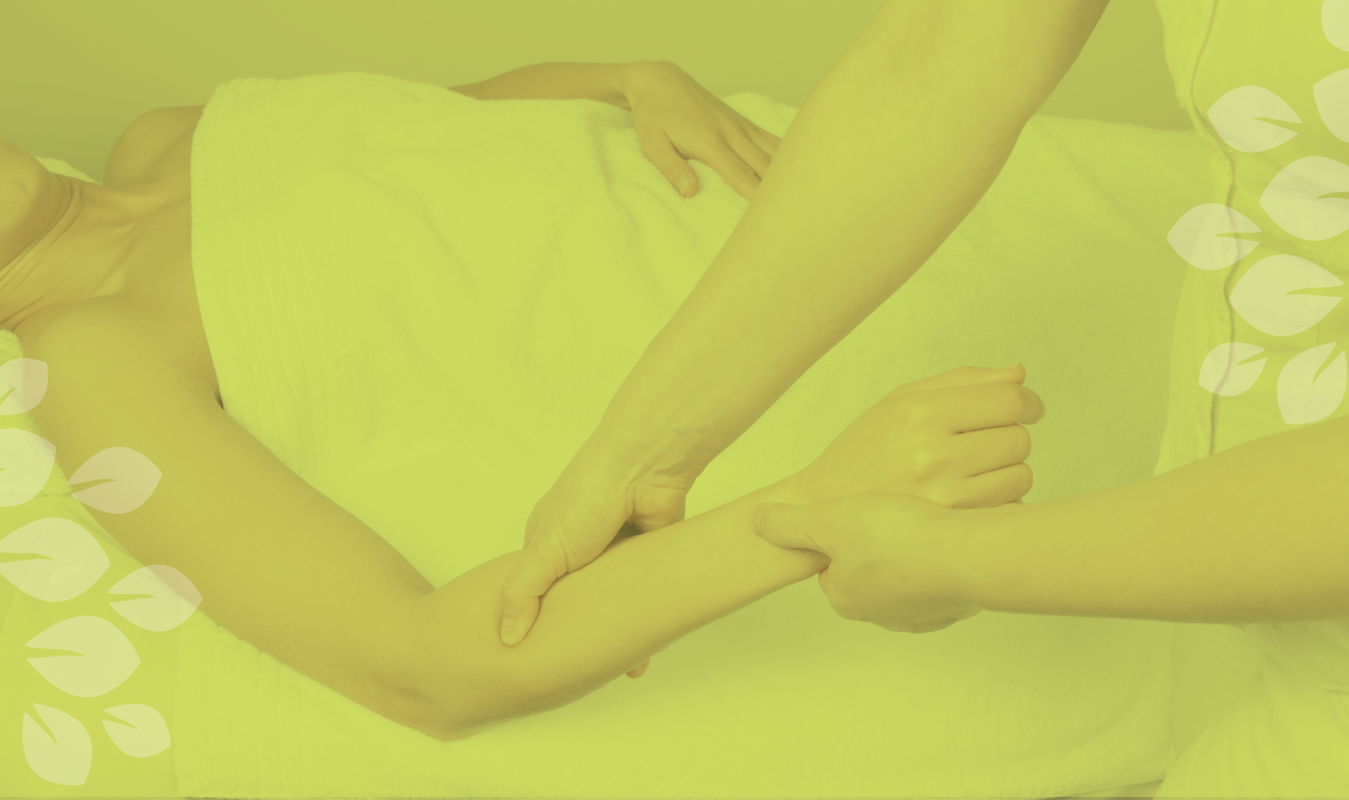05 Jul Osteopathy In Sport
GETTING THE BEST OUT OF SPORT
Taking part in sport or keeping fit can be rewarding, improve your health and reduce your risk of serious illnesses such as heart problems, a stroke or cancer. It can also help maintain your weight and improve your self-esteem.
Adults between the ages of 19 – 64 are advised to do at least 150 minutes of moderate intensity
aerobic activity per week. This can include activities like brisk walking, cycling or aqua aerobics. It is also recommended to perform exercises to strengthen all the main muscle groups (arms, legs and body), twice a week.
Even if you are active regularly, you should also aim to minimise the amount of time you spend sitting for extended periods.
Sport has become a way of life for many in the UK, with participants ranging from elite athletes to those who just want to keep fit. But what happens if you get an injury?
participating in sports too often or too hard may result in an injury. Failing to warm up properly beforehand, or warm down and stretch after exercise may also result in strains. Using inappropriate equipment or wearing the wrong footwear may likewise hinder your performance. An unresolved prior injury, which might not even be related to sport, can make it difficult to even get started.
HOW CAN YOUR OSTEOPATH HELP?
It is common to feel some minor discomfort after training, as the body takes a little time to recover and adapt to the demands of your activities. Soreness often quickly resolves itself, but occasionally it may persist for more than a few days or make it difficult for you to continue your normal activities. In these instances you may want to seek some advice from an osteopath.
Osteopathic care is based on the individual needs of the patient and so varies depending on your age, fitness levels and diagnosis.
Osteopaths use a wide range of gentle hands on techniques that focus on releasing tension, stretching muscles and mobilising joints. This is often used with exercise and helpful advice, together with strapping or taping – all of which are designed to relieve your pain, help you return to your normal activity levels and maintain the best of health.
Osteopaths may also adjust your joints using manipulation techniques. Occasionally when this happens there will be an audible ‘click’, this is perfectly normal. Research has shown that manipulations can have beneficial effects, especially for back pain, helping you to return to ordinary movement and activity.
As well as treating your injuries, your osteopath may offer you advice about optimal nutrition or suggest a
sport-specific diet.
The good news is that although sports injuries are common, those who are active and have experience of following exercise routines may find they recover more quickly and easily from their injuries.
You do not need to consult your GP before you visit an osteopath, although you may wish to do so.
HOW CAN YOU HELP YOURSELF?
- Begin your activity slowly and build up intensity, especially after an injury
- Drink plenty of water when you are thirsty, especially if exercising
- Exercise regularly, and try to vary the types of exercise you do for all over body fitness
- If you believe you have injured a limb; rest, ice, compression and elevation may help, but seek advice if you are worried
- Normal soft tissue healing time can take up to 12 weeks (if no other injuries occur). If you’re worried at all about an injury in the short, medium or long term it is worth seeking further advice.


